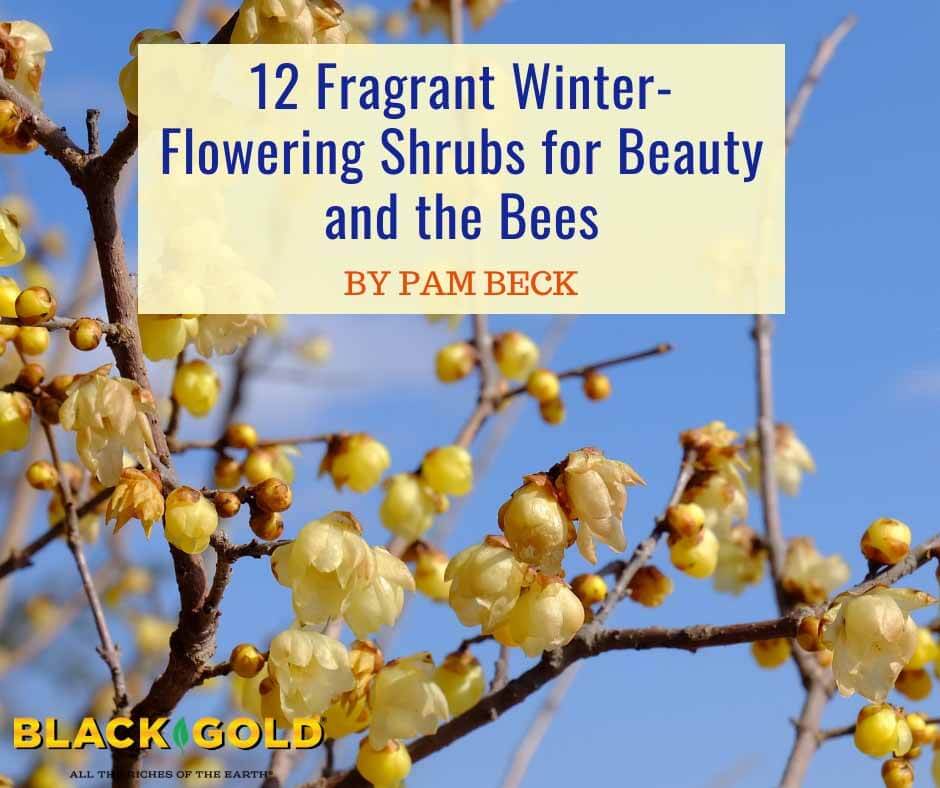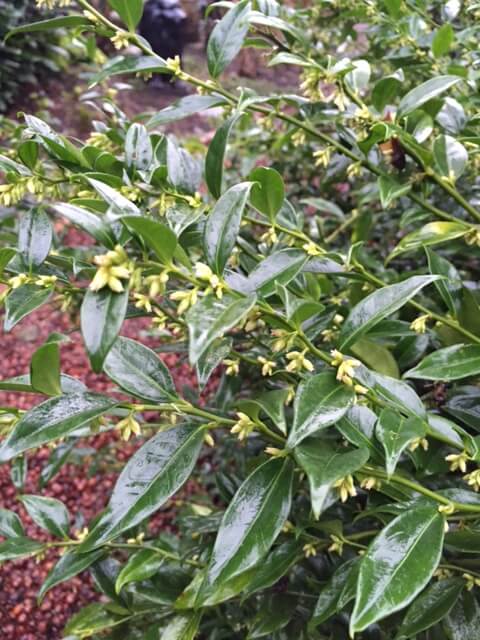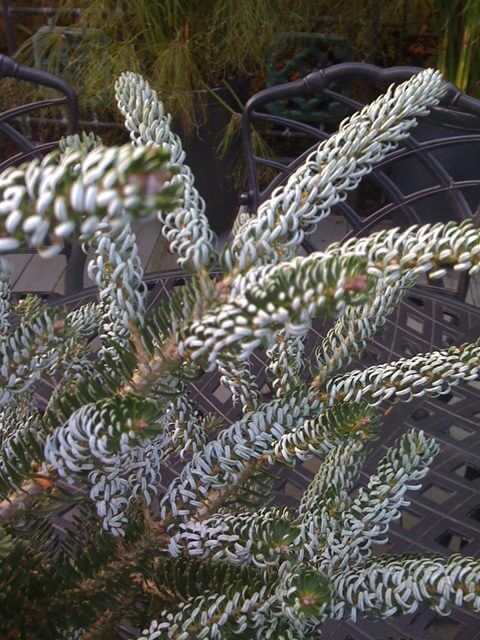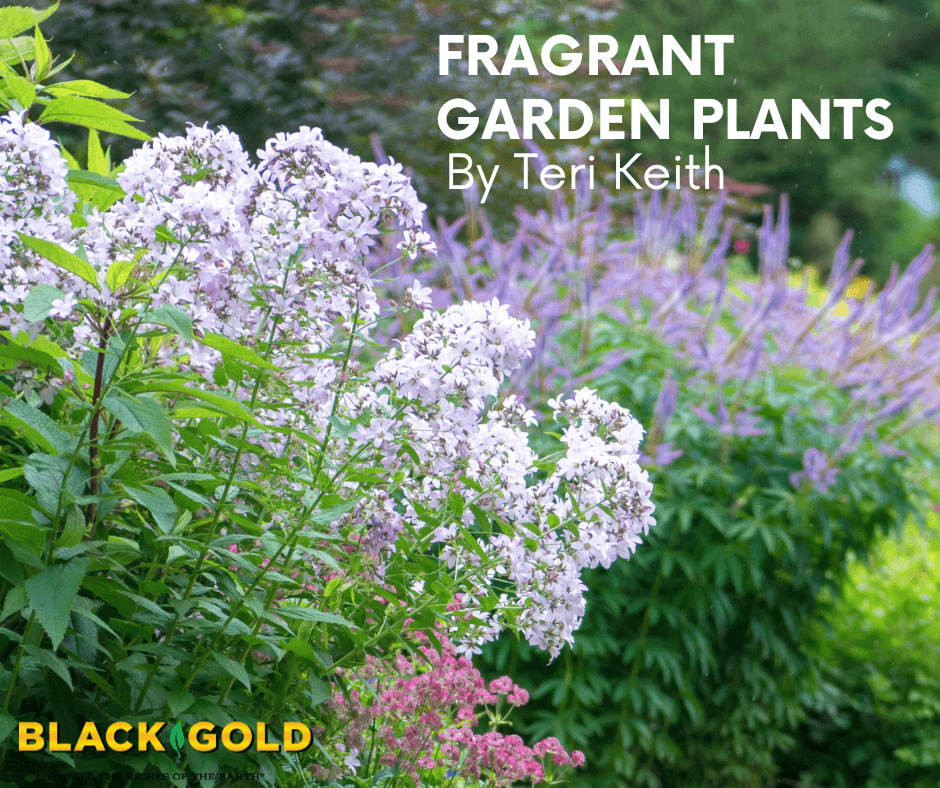
For the past couple of years, cold stormy springs blitzed our lilacs, of which we have many. That heady fragrance was sorely missed around the Keith household. We were spoiled for fragrance. But we were able to hang on until our other flowers and shrubs bloomed and took up the slack. We did lose some lilacs during that period, but we have had other, more catastrophic losses (dairy cows in the Jerusalem artichokes, for instance or the family dogs making off with the guest of honor on Thanksgiving morning, but leaving the turnips).
When the first spring flowers appear in March, the soil is often too wet and cold to be planted, so like all good things we have to wait. But we can stock up on the wonderful new varieties offered by local and national nurseries.
Bearing the title of this piece in mind, what to buy for a fragrance garden? See some suggestions below.
Fragrant Shrubs
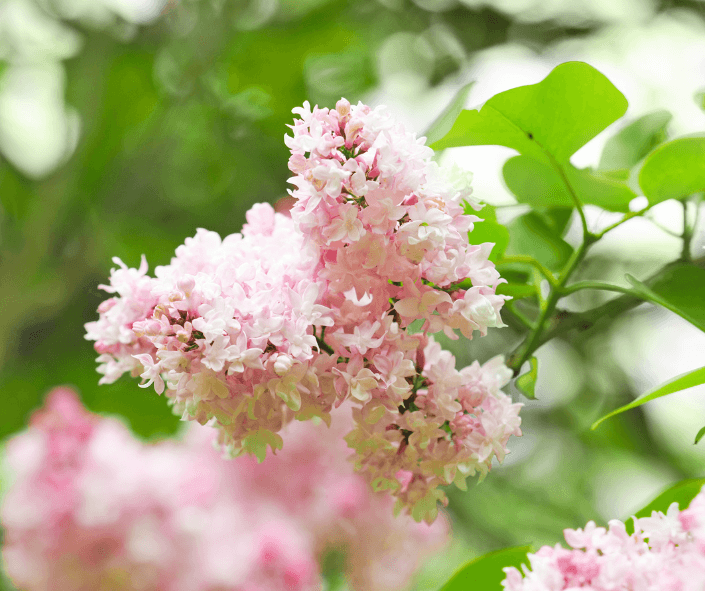
- In general, lilacs (Syringa species and hybrids, USDA Hardiness Zones 3-8) can reach heights of 10-12 feet. Three especially fragrant varieties are ‘Beauty of Moscow’, ‘Bloomerang Purple’, and ‘Josee’. They are easy to grow so long as there is plenty of sun and the soil is alkaline and well-drained. The double-flowered ‘Beauty of Moscow’ has white blooms rising from pale pink buds. ‘Bloomerang’ lilacs (Zones 3-7) offer a richly fragrant purple lilac that blooms in spring and again in late summer or fall. The compact ‘Josee’ is a pink-flowered lilac that only reaches 4-6 feet.
- Korean spice viburnum (Viburnum carlesii) is a compact shrub up to 6 feet in height. Flowers have an incredibly spicy aroma plus showy pink clusters of flower buds that develop into whiter flowers that attract hummingbirds and butterflies. The fruits are black berries and in fall, the leaves turn scarlet. Some sources consider them invasive, but most do not. Prune one time to remove dead branches or restrict growth, then leave it alone.
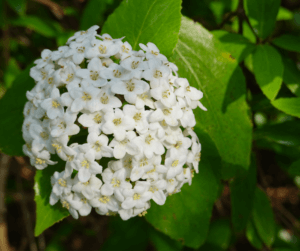
- Roses (Rosa hybrids) epitomize garden fragrance, but there are so many varieties put out by so many growers, a list of the available cultivars would fill a small book. We have been purchasing roses from the David C. Austin Co. since we discovered them. Austin (now deceased) was a British rose breeder and writer. The company offers trademark English roses, and shrub and climbing roses for the garden. ’Rosa Boscobel’ is an English shrub rose of medium height with a heady, complex scent. It produces large, salmon-pink flowers throughout the growing season (Zones 5-9). ‘Rosa Munstead Wood’ is a crimson shrub rose with a rich, fruity aroma. It blooms for most of the growing season (Zones 5-9). They come in light purple, deep purple, and pink. They are also disease-resistant. Prune this group right after they finish blooming. Check local nurseries, or go to Proven Winners online.

Annual and Perennial Garden Flowers
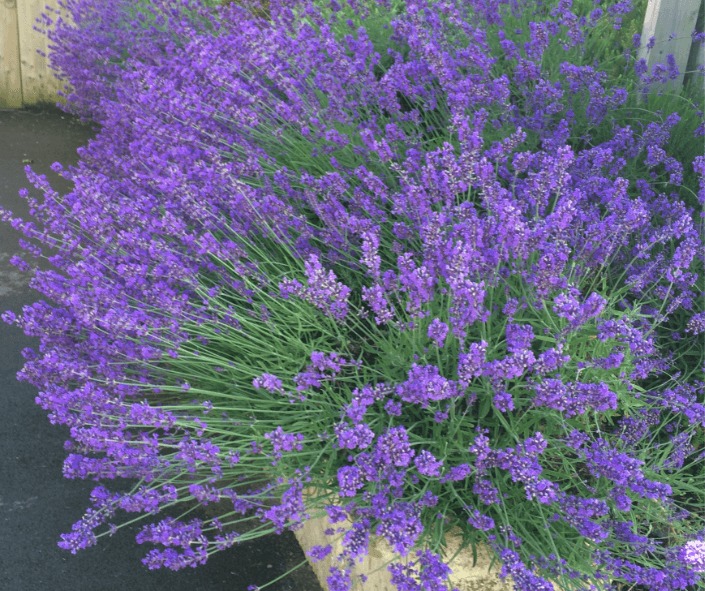
- Lavender (Zones 5-10) These Old World natives are a natural addition to any fragrance garden. A summer bloomer (pink, blue, purple and white) that likes full sun and they are not too fussy about soil. Pollinators love them. (1-3 feet high)
- Carnations (Dianthus hybrids, Zones 5-9) these well-known perennial flowers will add a welcome spice fragrance to your garden. They bloom in late spring, so you may want to plant another, summer-blooming species as well. Flowers come in shades of red, pink, and white. They prefer full sun but can tolerate partial shade. They like alkaline soil, so amend your garden with Black Gold® Natural & Organic Ultra Outdoor Planting Mix. Carnations are said to be toxic to humans, dogs, and cats. (18 inches high).
- Woodland tobacco (Nicotiana sylvestris) is a re-seeding annual. Its moth-attracting flowers are white, long, tubular flowers, and most fragrant in the evening. The summer bloomer will self-seed if the flowers are allowed to go to seed. They like part to full sun and rich, well-drained soil. Bear in mind that this species is very toxic to humans and pets (3-5 feet high).
- Garden phlox (Phlox paniculata, Zones 4-8) is a tall (2-4 feet), summer-blooming perennial that grows in neat clumps. The flowers come in shades of red, white, pink, and purple. The North American native grows in full to partial sunlight and needs good drainage and average moisture to thrive.
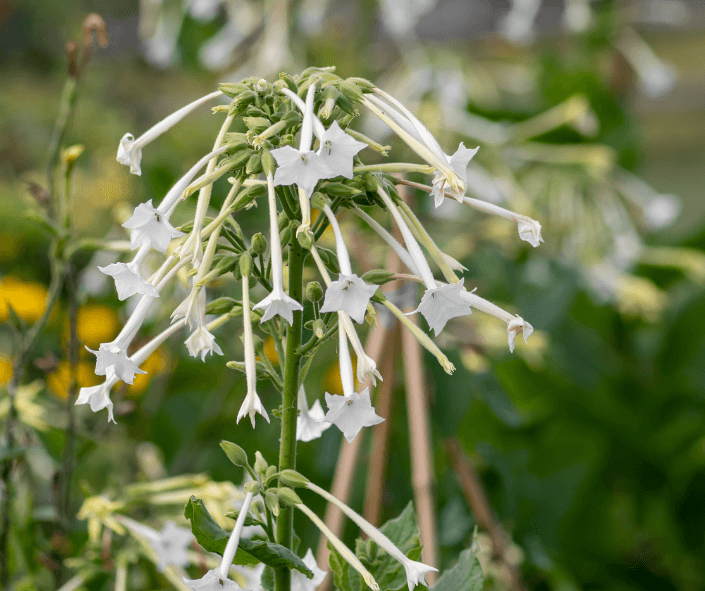
This is just a sample of the fragrant plants you might choose for your garden. You might also want to plant fragrant herbs as the border. Container plantings could also work well. Some tender species like lavender could be planted in containers and moved indoors when it gets cold.
Black Gold® offers the best in soil amendments and potting mixes for your garden, keep it in mind wherever and whenever you are planning all of your gardening projects.


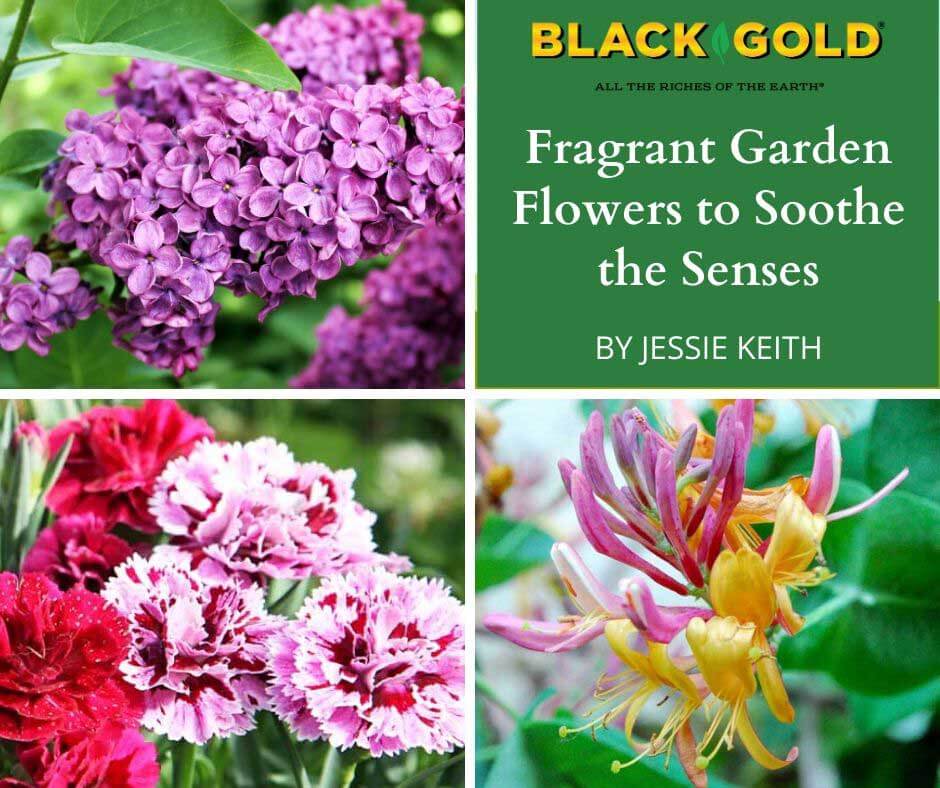

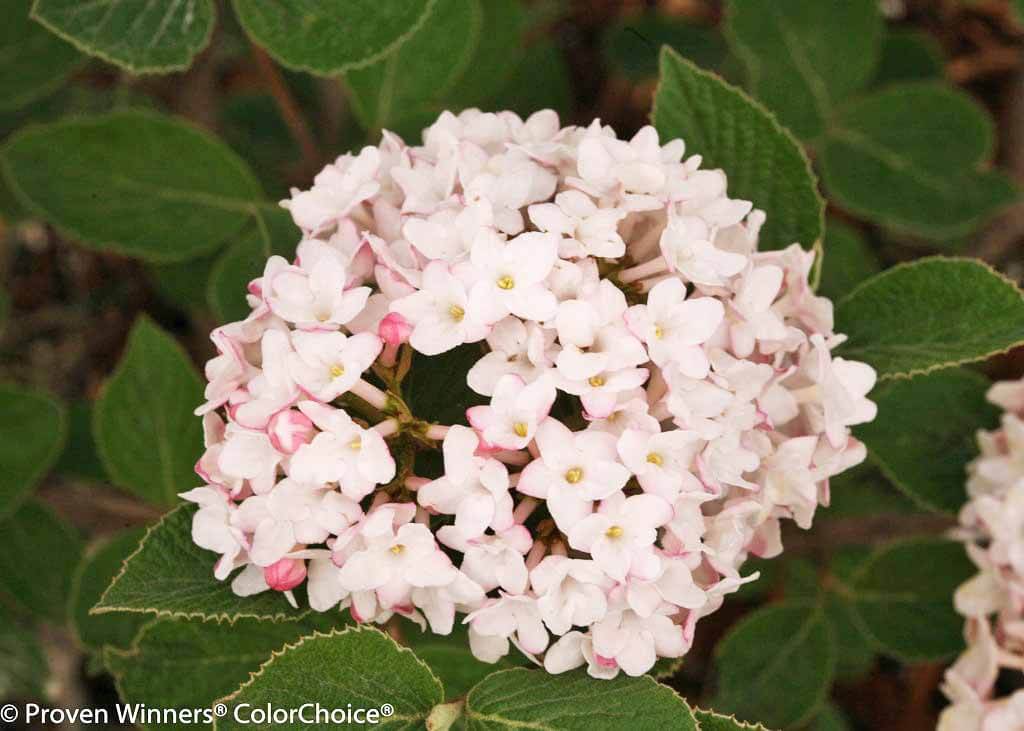
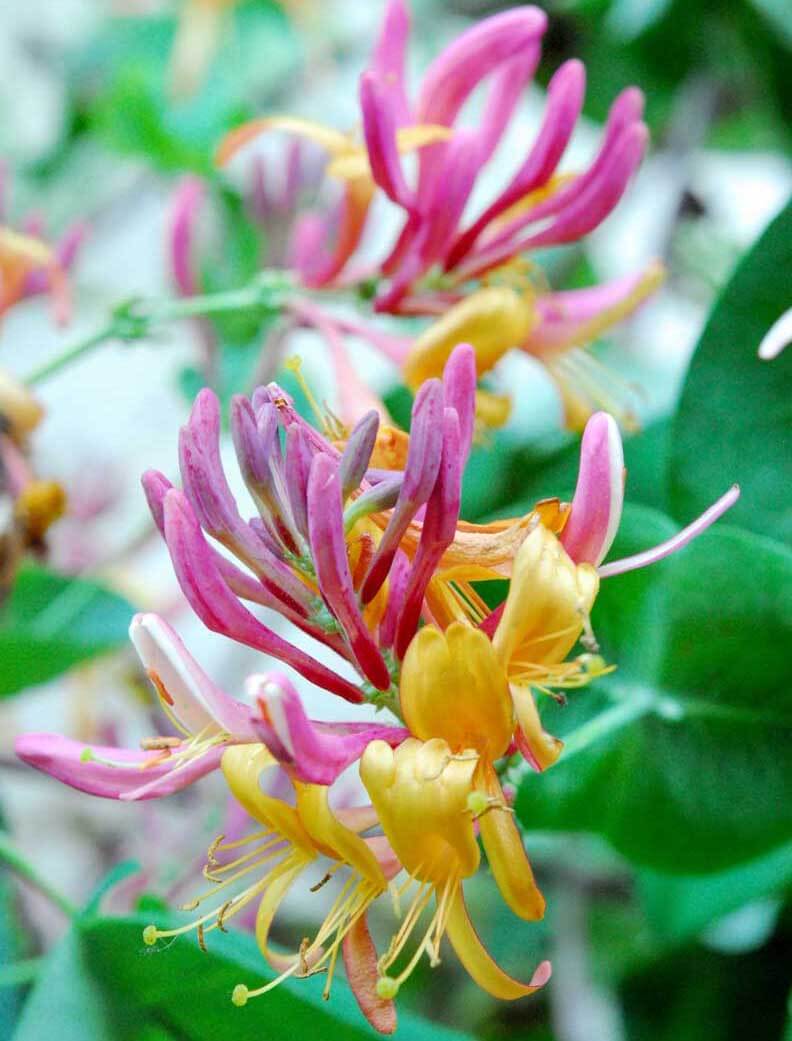

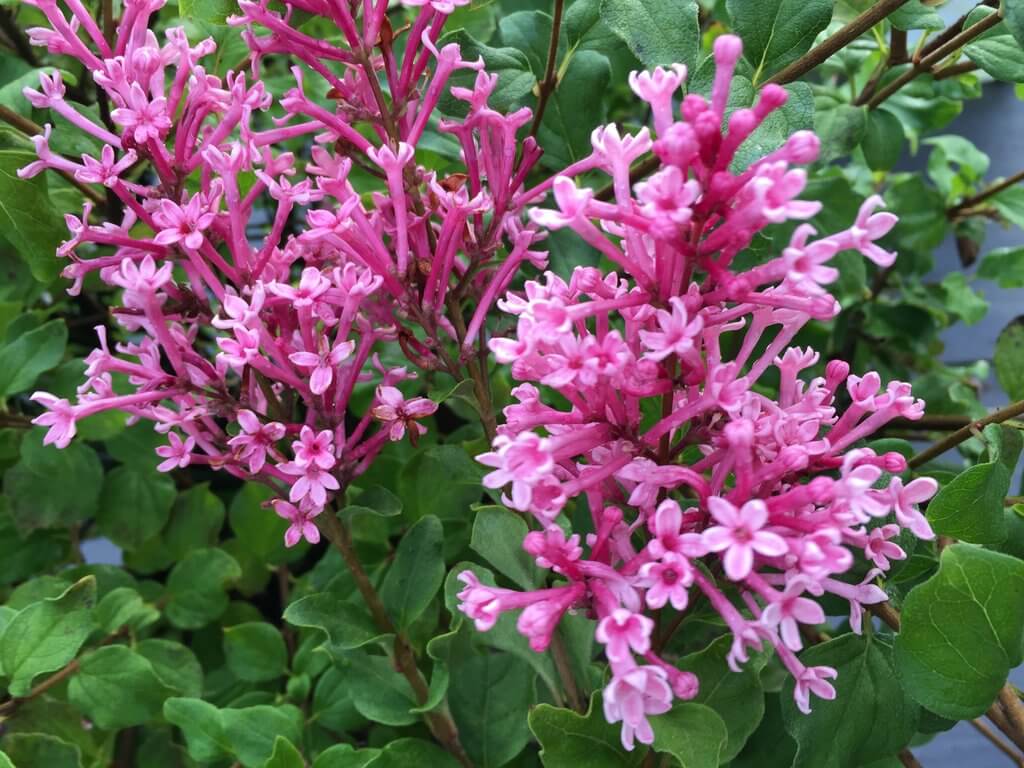
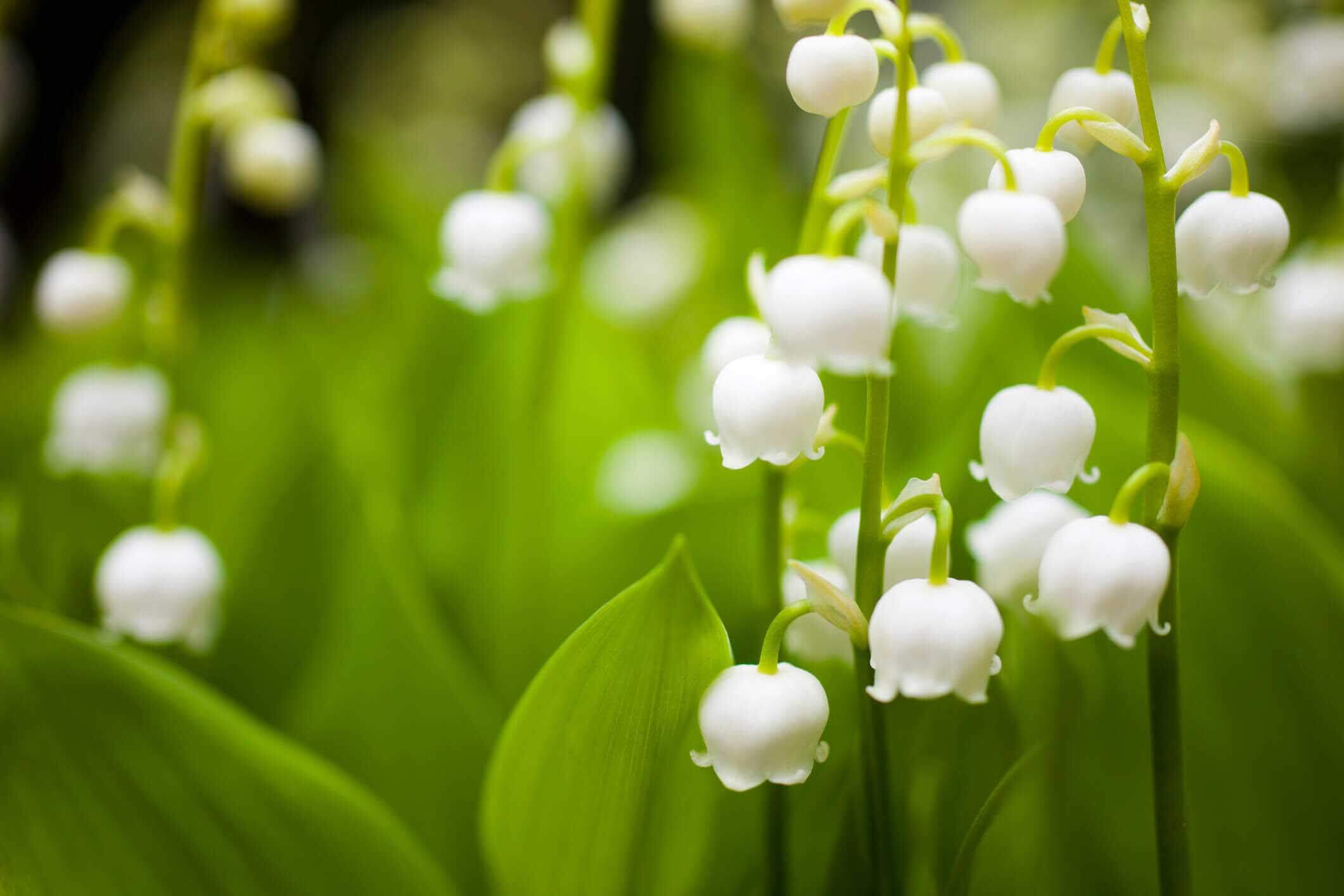
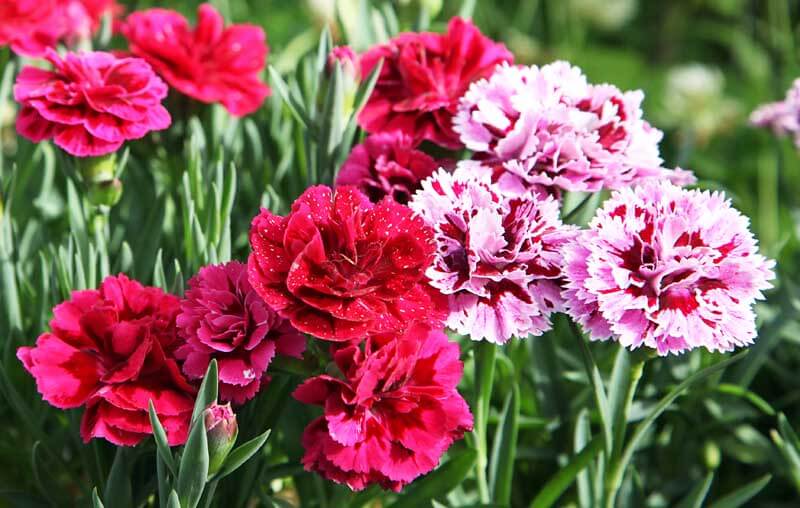
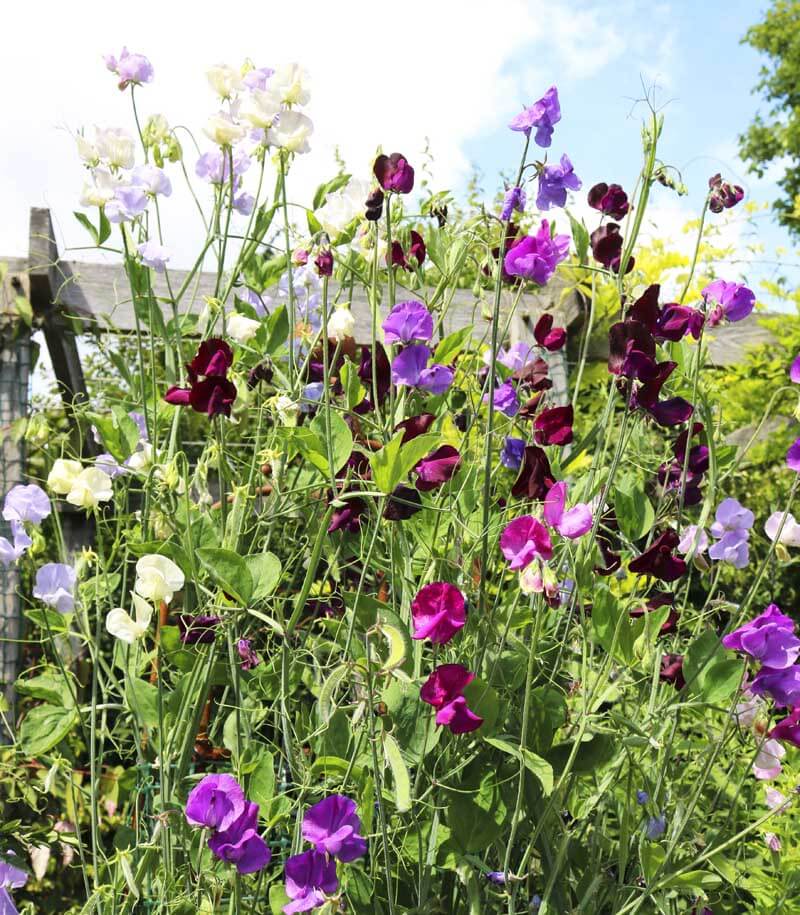
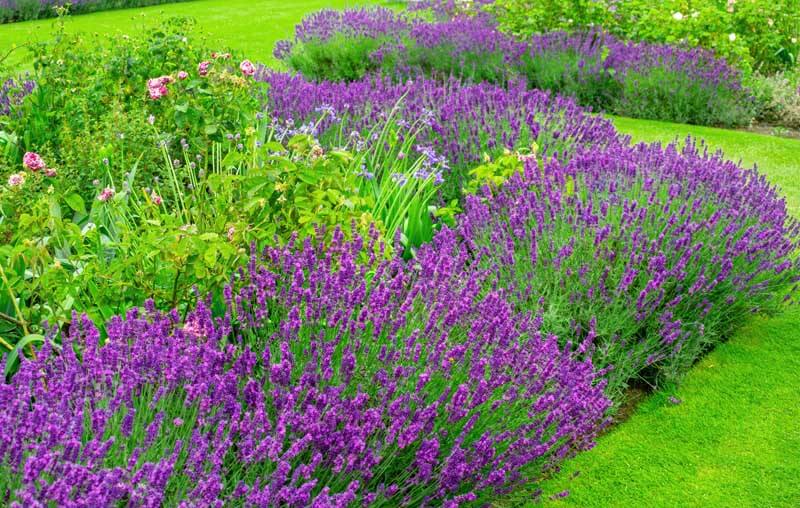

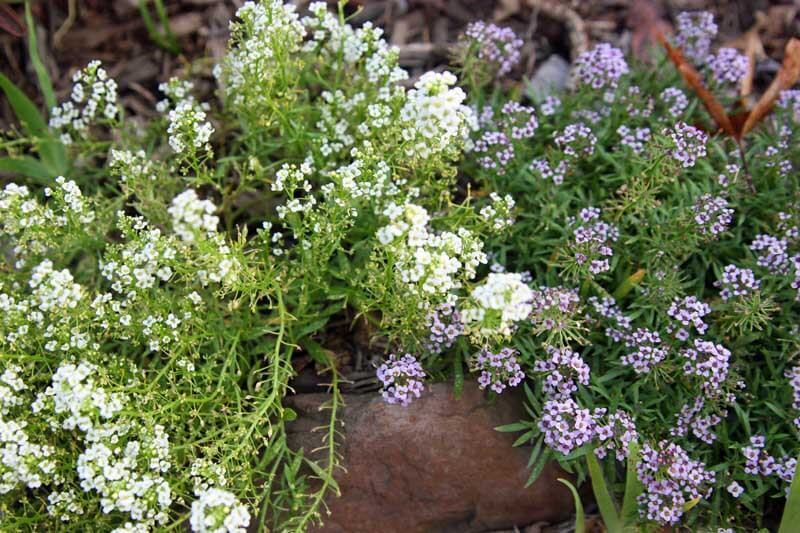
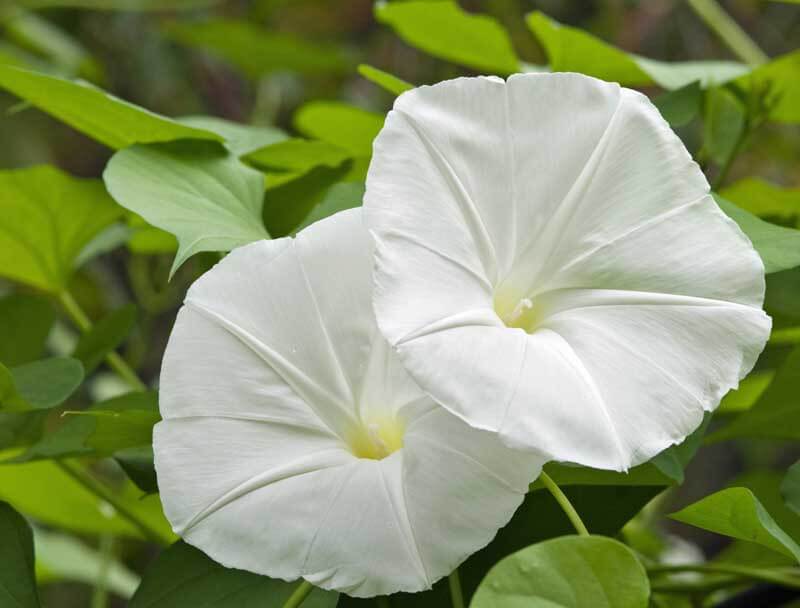
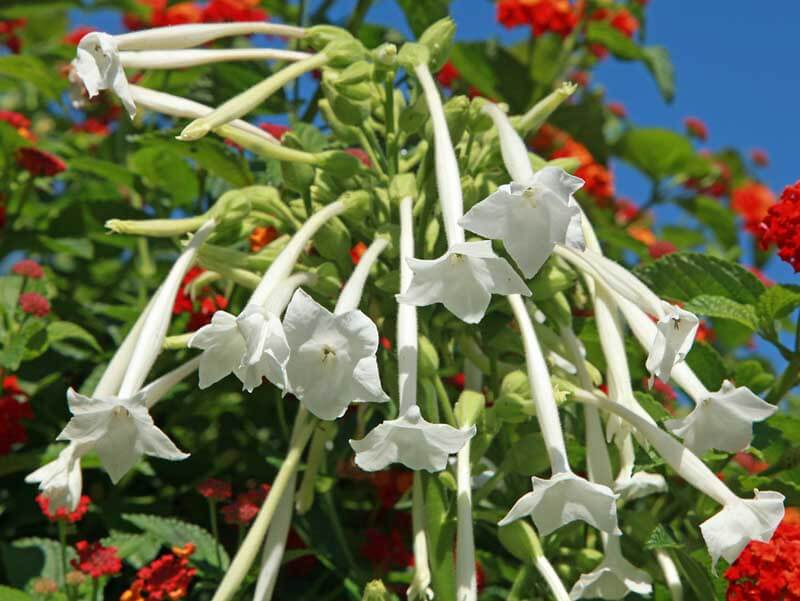 Woodland Tobacco (
Woodland Tobacco (